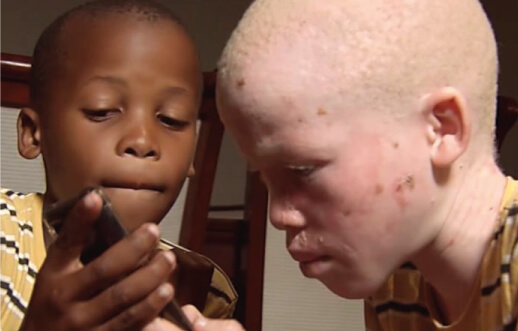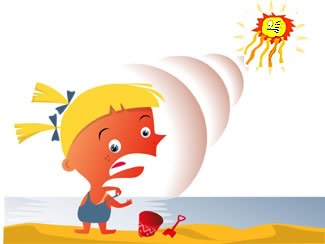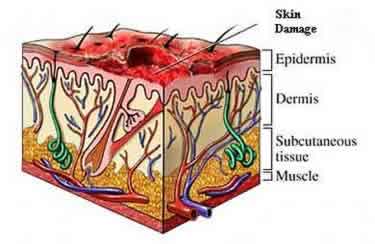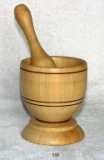 ISO 24444 / ISO 24443
ISO 24444 / ISO 24443 EU COLIPA and SANS 1557 Verified Broadspectrum Sunscreens

Most of us have experienced the discomfort of sunburn at some point—that painful sensation where even the lightest touch causes sharp pain, followed by unsightly peeling skin days later. On this page, we'll explain what sunburn is, how to recognize it, and provide evidence-based treatments and natural remedies to help you recover quickly and safely.
Remember: The best treatment for sunburn is prevention. Always wear appropriate sunscreen with SPF 30+ and reapply every 2 hours or after swimming or excessive sweating. Keep children especially well protected, as childhood sunburns significantly increase the risk of skin cancer later in life.

Sunburn is a painful inflammatory skin reaction due to overexposure to ultraviolet (UV) radiation, typically from sunlight. It can also be caused by other forms of UV radiation like sunlamps, tanning beds, or welding arcs.
Sunburn normally affects only the outermost layer of skin (first-degree burn), but extreme and repeated prolonged sun exposure may result in second-degree burns and blistering. While sunburn cannot cause third-degree burns and rarely results in permanent scarring, the damage it causes to your DNA can lead to long-term skin problems, including premature aging and increased skin cancer risk.
For fair-skinned, sun-sensitive individuals, sunburn can occur in as little as 15 minutes of sun exposure. Unfortunately, the effects of excessive sun exposure typically aren't evident until 2-5 hours after the damage has occurred, with the most noticeable redness and inflammation appearing 12-30 hours later—well after the damage is done.


If your child shows any symptoms of severe sunburn, consult a doctor immediately.

The most effective way to deal with sunburn is to prevent it from happening in the first place. Kool-a-Sun offers a range of high-quality sunscreens and sun protection products to keep your skin safe.
View Our Sunscreen Products Learn About UV Rays
Have questions about sun protection or dealing with sunburn? Contact our skin care specialists: